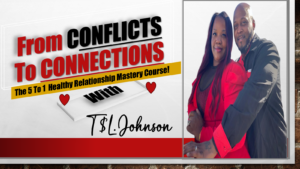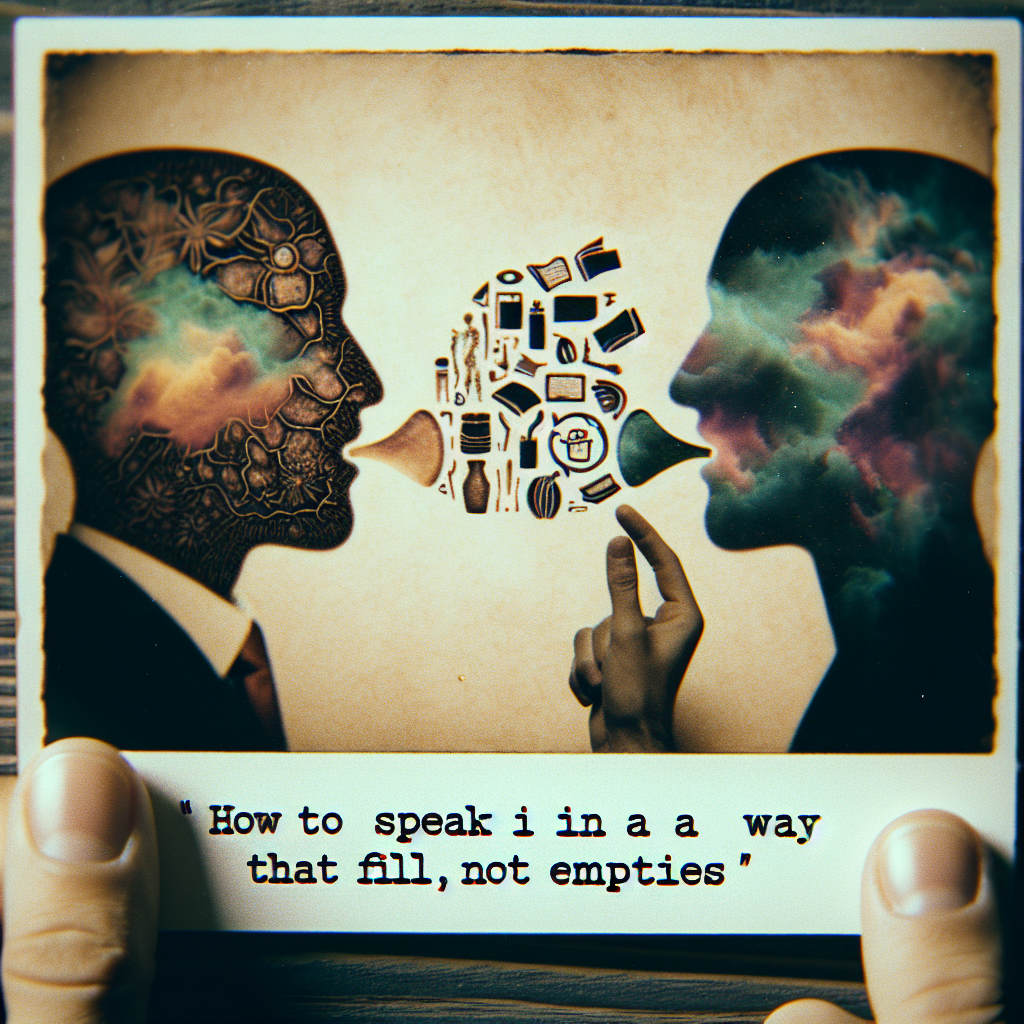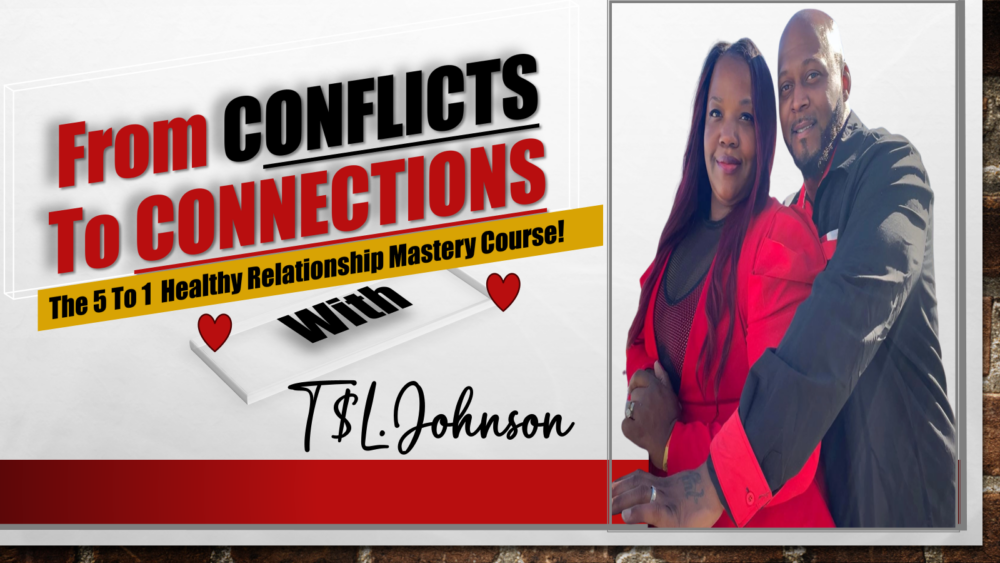Understanding Your Own Perspective
Recognize Your Biases
One of the biggest hurdles in any conversation is recognizing your own biases. We all have them, shaped by our experiences and beliefs. When I realized I was often bringing my own baggage into discussions, it changed the game for me. I began asking myself, “Am I truly listening or just waiting to respond?” It’s a tough fact to swallow, but awareness is the first step.
By acknowledging my biases, I found I could step back and listen more effectively. I started to practice empathy, imagining how the other person might feel. This approach helped me soften my stance and really engage with the other person’s point of view. It’s like flipping a switch; once you see your own biases, it opens up a whole new dimension in conversations.
Being aware of these biases doesn’t mean you’ll stop having them, but it does provide a framework to navigate discussions. The more I analyzed my own perspective, the closer I felt I could get to understanding others. It’s not about being right; it’s about finding common ground.
Listening Intentionally
Practicing Active Listening
Active listening was a game changer for me. It involves genuinely paying attention to what the other person is saying, rather than just thinking about how to reply. I found that by nodding my head or providing small affirmations like “I see” or “Go on,” it encouraged the other person to share more. It’s amazing how a little affirmation can open up dialogues.
Additionally, summarizing what the other party expressed can be unbelievably helpful. After someone shares their thoughts, I often tell them, “So what you’re saying is…” This technique not only shows that I’m listening but also helps clarify any misunderstandings immediately.
When I actively listened, I discovered nuances in conversations that I had previously overlooked. It’s not just about the words; it’s about understanding the emotions and intentions behind those words, which can make all the difference in how the message is received.
Identifying Communication Styles
Understanding Different Approaches
We’ve all got our own styles of communication, and these can clash in surprising ways. When I took time to understand my own style versus others, it was eye-opening. Some folks are direct and straightforward, while others may be more nuanced in their approach. Knowing this helped me tailor my responses based on the listener.
It also taught me to ask clarifying questions when I didn’t understand something. Instead of jumping to conclusions or making assumptions, I learned to say, “Can you explain that a bit more?” This not only enriched my understanding but also fostered a more patient exchange.
More importantly, recognizing that someone might be processing information differently can reduce frustration. When I encountered someone whose style diverged greatly from mine, instead of getting irritated, I learned to adapt and meet them halfway. It made discussions more enjoyable and productive.
Clarifying Misunderstandings
The Importance of Questions
Misunderstandings are bound to happen, especially when we’re not speaking the same language—figuratively or literally! In my experience, the best way to handle misunderstandings is to ask open-ended questions. This encourages the other person to explain their point without putting them on the defensive.

For instance, instead of saying, “That’s not what I meant,” I learned to ask, “Can you tell me what you heard?” This shift really changes the tone of the conversation and provides an opportunity to clarify concerns without finger-pointing.
Moreover, being upfront about potential misunderstandings can disarm tension. When I began to openly address the chances of miscommunication at the start of conversations, it established a safe space for dialogue. It’s like giving permission to mess up, which makes interactions feel much lighter.
Finding Common Ground
Building Bridges Instead of Walls
Finding common ground is often the linchpin in effective communication. When I engaged in discussions where opinions were vastly different, I realized the power of seeking shared values: “What do we both want here?” This question became my secret weapon and offered a pathway to cooperation.
The more I focused on mutual goals, the easier it became to navigate through disagreements. It often shifted our focus from “you versus me” to “us versus the problem.” This little shift in mindset can work wonders in diffusing tension and building camaraderie.
Sometimes, it’s also about showing appreciation for the other person’s views. Even if I didn’t agree, acknowledging their standpoint as legitimate made it easier for them to see my perspective. At the end of the day, we all want to be heard and appreciated for our individuality.
FAQ
1. What does it mean to talk past each other?
Talking past each other means two people are in a conversation but not really connecting. They might be misunderstanding each other’s points or speaking from completely different perspectives.
2. How can I recognize if I’m talking past someone?
Common signs include feeling frustrated or confused during a conversation, frequently asking for clarification, or noticing that your responses don’t seem to align with what the other person is saying.
3. Why is active listening important?
Active listening is crucial because it shows the speaker that you value their thoughts and encourages open communication. It fosters a deeper understanding and reduces the chances of miscommunication.
4. What should I do if I realize we’re not connecting?
If you feel the conversation isn’t going well, take a step back and try to clarify your points. Ask open-ended questions, practice patience, and express your desire to understand the other person’s perspective.
5. Can communication styles really affect conversations?
Absolutely! Different communication styles can lead to misunderstandings. Recognizing and adapting to various styles can help ensure that both parties feel understood and respected during conversations.

Schedule Your First 20-Minute Coaching
Call With Us Today to see if we fit . You pick the price!
Click Here






